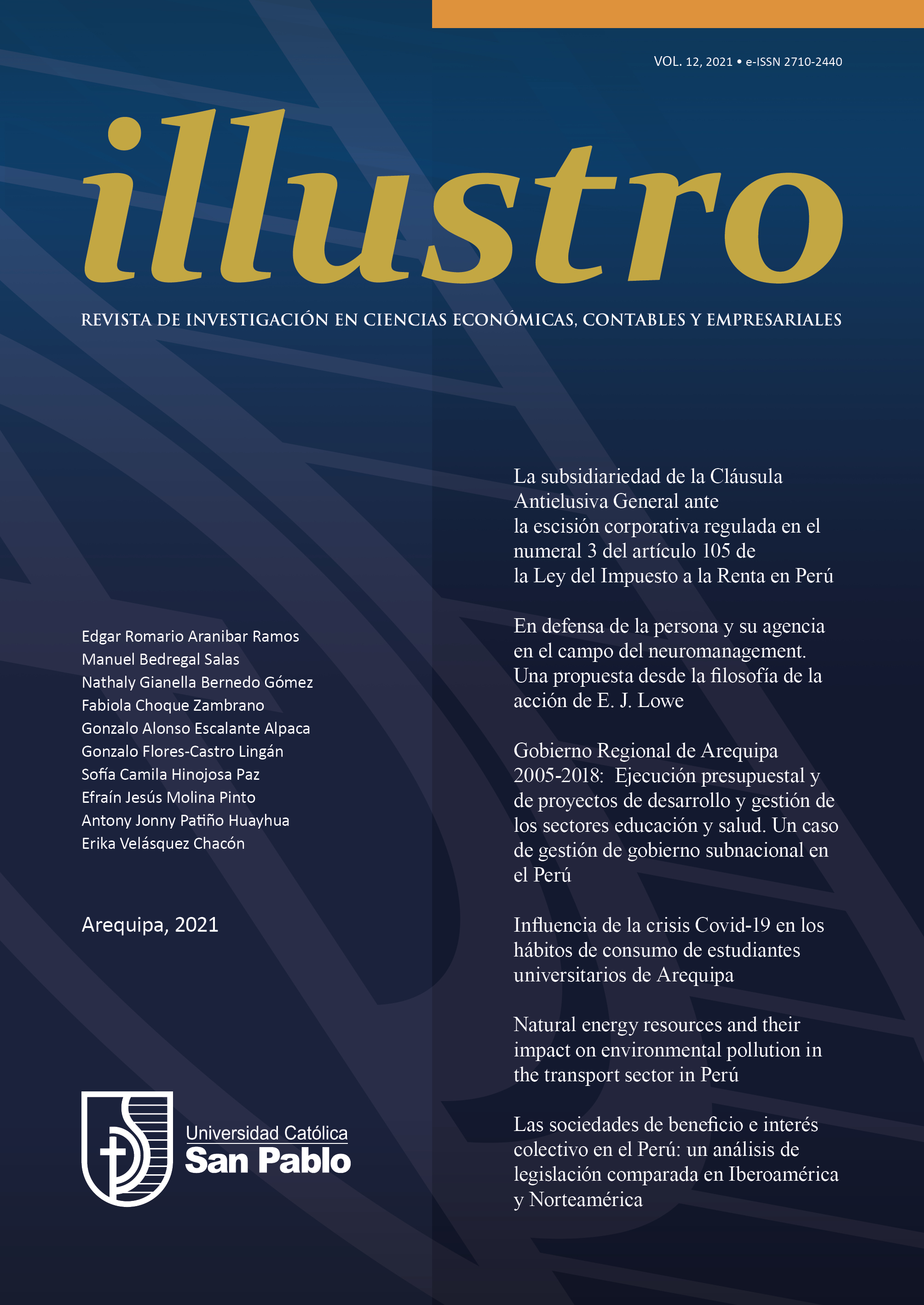Abstract
There are several differences in the doctrine regarding the relation that exists between the General Anti-Avoidance Rule (GAAR) and the Specific Anti-Avoidance Rules (SAARs), since it is considered that such relation can be of exclusion, subsidiarity or a mixed of both. This article analyses all three positions regarding the SAARs regulated on the third numeral of the 105th article of the Income Tax Law (ITL) where it is stipulated an absolute presumption according to which there is an income generated as well as a benefits distribution if the subjects that perceived equities from a corporate split transfer or cancel such equities because of a further corporate reorganization as long as the quantitative and temporary parameters considered on this regulation are fulfilled. For the current analysis, the tax law and the specialized doctrine have been considered, which has allowed us to conclude that on the case of the previously mentioned regulation there is a mixed relation that allows a subsidiary application of the GAAR regarding such SAARs, since recognizing an opposite position will imply that it is valid for the taxpayers to distort the quantitative and temporary parameters contained on the SAARs to avoid the configuration of its taxable consequences.

This work is licensed under a Creative Commons Attribution-NonCommercial-NoDerivatives 4.0 International License.
Copyright (c) 2021 Gonzalo Escalante Alpaca

